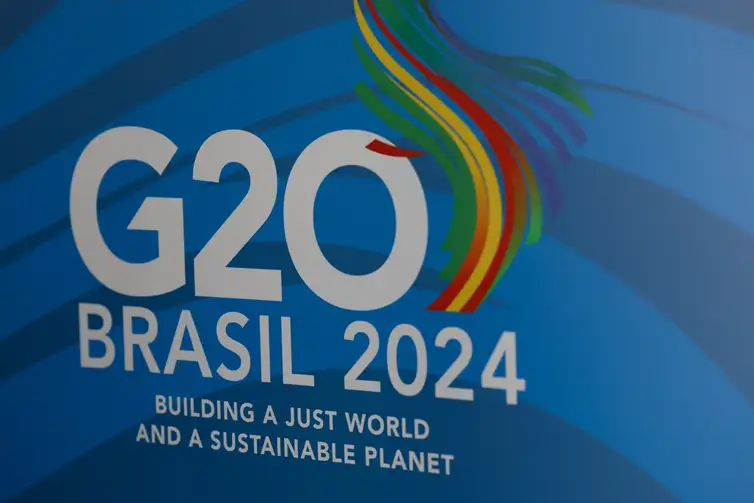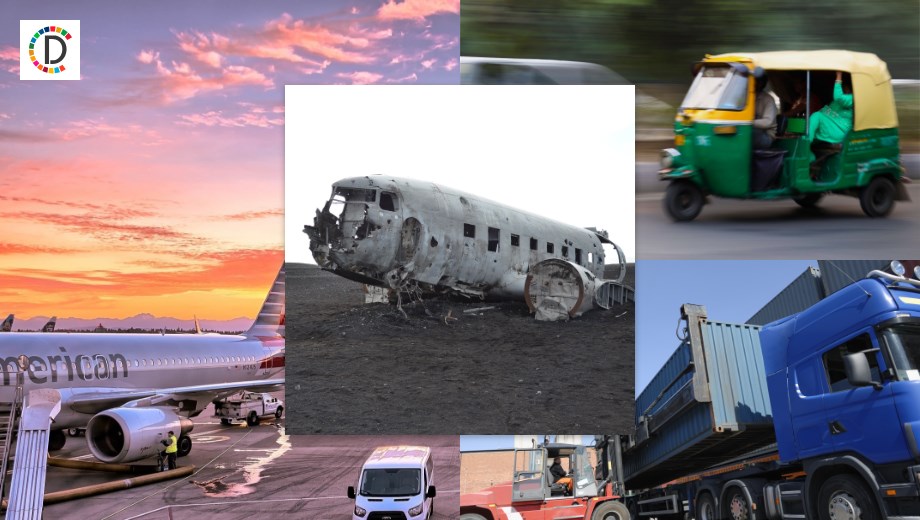UN's Blacklist of Child Rights Violators Sparks Outrage
The United Nations' inclusion of Israel alongside militant groups on a blacklist for violating child rights in conflict has fueled intense international debate and controversy.
Published June 09, 2024 - 00:06am

Image recovered from bostonglobe.com
The United Nations' decision to add Israel to a list of entities that harm children in armed conflicts has ignited a storm of contention and spotlighted the ongoing violence in Gaza. This list, which has previously included the likes of Russia and various militant groups, functions as a signal to the international community about those the UN deems a threat to minors in warzones. Israel's addition, announced by UN Secretary-General António Guterres, has been met with a mixture of outrage, condemnation, and support.
From the Israeli standpoint, there is vehement opposition, emphasizing the nation's efforts to combat terrorism, specifically from Hamas, which is also flagged for violations against children. Accusations that the UN's action might empower Hamas and other militants by highlighting the prospective consequences of international reprobation - including possible arms embargoes - have surfaced. Israel also decries the partiality of reports on civilian casualties, especially those of women and children, which it contends have been misrepresented. Allegations against the UN itself have arisen, hinting at an abuse of authority and bias by the Secretary-General, with Israel's position being a defense against terrorism.
Simultaneously, the international reaction includes a significant chorus of support for the UN's decision. Critics of Israel's approach to the Gaza conflict see the listing as a necessary step towards accountability and the protection of human rights. The UN's list, while symbolic, carries weight as it influences the attitudes and potentially the policies of member states towards the entities named.
Amidst this heated exchange, lies the immediate concern over the worsening humanitarian situation in Gaza. The impact of the conflict is acutely felt on the ground, with UN warnings about escalating starvation and dire shortages of critical supplies. Agencies highlight the grim reality of a local food system in collapse and the struggle to gain humanitarian access in Gaza's deeply precarious environment.
This polarized response to the UN's actions underscores the complexity of geopolitical alliances, the difficulty in balancing the prosecution of war against militant groups with the protection of human rights, and the UN's uneasy role as a global arbiter in such affairs. With both Israel and Hamas now occupying the same 'list of shame,' the international focus sharpens on the plight of children in conflict zones and the escalating humanitarian crisis in Gaza.
The inclusion of Israel on the aforementioned UN list echoes a history of similar controversies where the international body has taken steps that some member states have contested. The United Nations maintains its stance that the purpose of the list is not to shame but rather to identify and promote the safeguarding of children's rights in conflict zones. Nonetheless, the debates that follow such decisions often raise questions regarding the United Nations' methodologies and the veracity of the data on which they base their conclusions. For Israel, the implications of being on this list could extend to increased scrutiny from human rights organizations and other international actors, as well as potential repercussions on its diplomatic relationships.
For Hamas and other militant groups included on the list, the UN's decision reaffirms the international community's criticism of their tactics and use of violence, which, according to UN reports, frequently result in civilian casualties, including those of children. The listing serves as a reminder of international obligations under human rights and humanitarian law, and it carries a stern warning against the perpetration of violations. In a broader sense, it also illustrates the challenges in combating non-state actors that operate within civilian populations, complicating efforts to protect the innocent in war-torn regions.
The reactions across the globe reflect a divide that transcends the immediate context of the Israeli-Palestinian conflict, poking at the larger issues of international justice, military ethics, and global governance. Human rights organizations have repeatedly stressed the importance of impartiality in assessing and addressing such situations. They argue that without an even-handed approach, the UN risks undermining its credibility and effectiveness in conflict resolution and in the promotion of international peace and security.
Discourse on the ground in Gaza, however, is less concerned with international politics and more with the pressing day-to-day survival of its inhabitants. The escalation in violence has not only led to loss of life but also to a systematic erosion of infrastructure. Medical facilities, schools, and homes have been damaged or destroyed, amplifying the hardship faced by families and exacerbating the vulnerabilities of children. The interruption of education and psychological trauma add to the long-term consequences of the conflict, raising concerns over the future of Gaza's young population.
The complexities of the Israeli-Palestinian conflict and the involvement of children in the hostilities give rise to a set of moral and legal challenges. While entities like Israel defend their security measures as necessary acts of self-defence, the international community continues to grapple with the task of protecting human rights amidst hostile engagements. The UN's role as a mediator and monitor of welfare standards for children during armed conflict is indeed fraught with political landmines. As the situation evolves, the plight of children in Gaza remains a poignant testament to the devastating human cost of prolonged conflict, marking an urgent call for sustained peace efforts and comprehensive strategies to address the cycle of violence and its far-reaching impacts.







